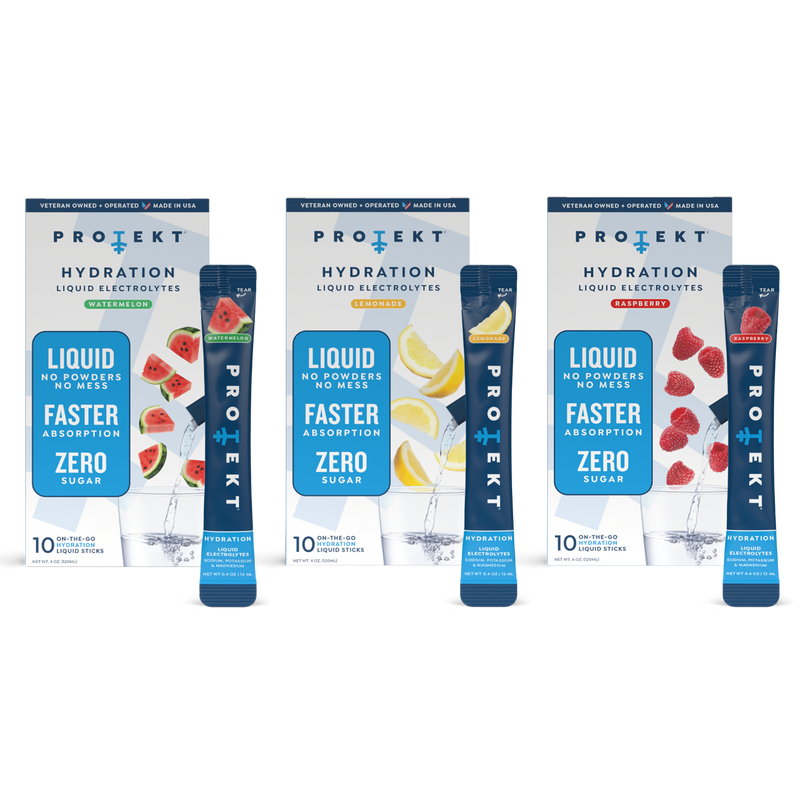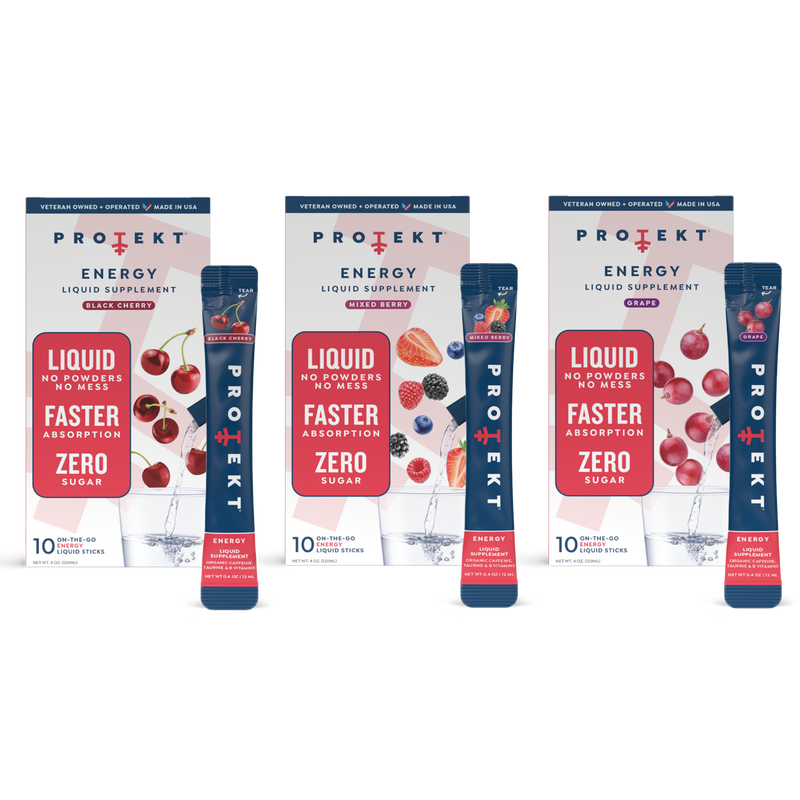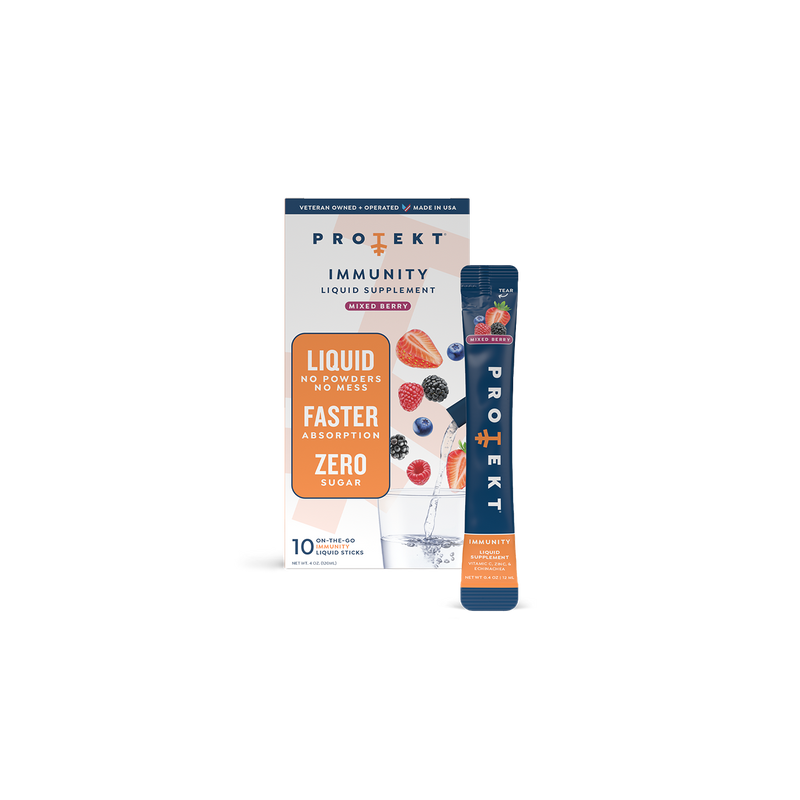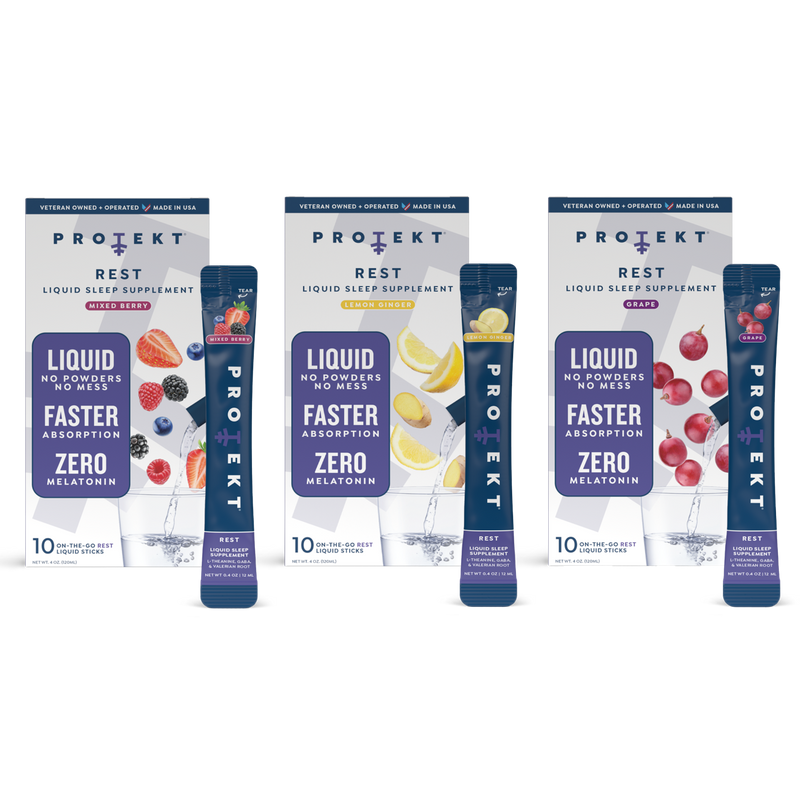Let’s face it: the amount of fitness information out there is downright overwhelming. People looking for effective ways to get in shape are confronted with a multitude of options that recommend everything from fancy equipment to cutting-edge diets to expensive gym memberships and personal training. We’re here to tell you that creating a fitness plan that works for you doesn’t have to be this complicated.
It all comes down to you, your goals, and some activities that you can reasonably commit to. It helps to be organized, and you’ll want to keep track of what you’re doing so that you can monitor your progress. In this article we discuss some of the most commonly asked questions about how to get into a home workout groove, on your own terms.
- What to expect when you first start working out
- How do I stay committed to working out?
- How can I work out at home?
- How often should I work out?
- How to push yourself when working out
- Are sore muscles a good sign?
- What is the right way to exercise?
- What body parts to work on what days
- How to structure your workout plan
- How long until I start to see results?
What to expect when you first start working out
The first thing you need to be aware of is that exercise is hard, at least if you’re doing it right. You’ll be outside of your comfort zone, and your mind will be screaming at you to stop doing it. We’re not telling you this to discourage you, but rather to prepare you to meet this challenge head-on. At every turn, your mind will be tempting you to give up in the middle of a workout, or to not even start. Just know that this is normal, and you’ve got to find ways to do the work anyway.
So how do I stay committed to working out?
Sticking to your planned workout every day gets easier the more you do it. For one thing, your body will start to adjust to the increased activity level, and eventually even begin to crave it. And mentally, as you begin to build up new habits, your brain will begin to accept the change and a lot of that temptation to avoid the exercise will fade away. You can accelerate this process by focusing on the positive aspects of working out, like how you get a break from all the other stuff going on in your busy life, or how you feel afterwards, or how you’re getting closer to your fitness goals. If you can get your mind on board with working out every day, you will have overcome the biggest obstacle. Here are some additional articles about motivation:
Becoming Obsessed with Exercise to Own Your Pain Cave
Keep it Simple, Stay Committed, Keep Working Out
How to Stick to Working Out Every Day

How can I work out at home?
With a minimal amount of space and equipment, you can turn your home into an effective workout studio. You can do quite a lot of different exercises with a set of dumbbell weights, a chin up bar, a yoga mat, resistance bands, and an exercise ball. Even just enough floor space to do plank exercises can be tremendously beneficial. And don’t forget that you can always go outside for a run around your neighborhood or through a nearby park.
How often should I work out?
The answer to this question depends on each individual, their current level of fitness, and what their goals are. In general though, you want to work out often enough to challenge yourself but not so often that you aren’t giving your body enough time to recover. This means listening to your body and paying attention to how you feel. If you’re just getting started, you might want to try just exercising every other day until you’re able to get a better idea of what you can handle. You may get to the point where working out every day feels good, and you’ll need to plan rest days for yourself so that you can recover and come back even stronger. Even experienced athletes need to do this - overtraining is a real thing!
How to push yourself when working out
When you get over that first hurdle of making yourself actually do the work, the next mental challenge is to have the presence of mind to ask yourself, “could I be working harder?” What you don’t want to do is get into a pattern where you’re just going through the motions without challenging yourself. Once you’ve established a set of exercises that you’re comfortable with, you can start to build on them by increasing the amount of weight you’re lifting, the number of reps you’re doing, or in the case of cardio work, moving faster or for longer. If a particular exercise is getting easier for you, it’s time to amp it up!

Are sore muscles a good sign?
Sore muscles are often the indicator that lets you know you’re pushing yourself to the limit of your capabilities. You may not experience soreness right after working out; often the days following an intense training session are when you’ll really feel it. In general this is a good thing, but there are a couple caveats. First, you should always give sore muscles time to recover. If you just jump back in without waiting for the soreness to subside, not only will your progress be hindered, but you also increase your chances of injury. Don’t stop working out, just shift your focus to a different muscle group until the soreness subsides. Second, if the pain persists beyond just a day or two, it could be an indicator that you’ve experienced an injury and you may want to talk to a doctor. As you continue to build on your home workout routine, you’ll develop a better sense of what’s a “good” kind of soreness that indicates you’re making progress, and be able to distinguish it from the signs of injury or damage.
What body parts should I work on what days?
Again, this depends on you, your abilities and your goals. In general, though, you should aim to work every area of your body over a week-long period. Here are the main muscle groups you’ll want to pay attention to:
- Legs - calves, quads, hamstrings, glutes
- Arms - biceps, triceps
- Abdominal muscles
- Back
- Chest
- Shoulders
- Cardio - heart & lungs
Keep in mind that many exercises work multiple muscle groups simultaneously - for example, chin-ups work the arms, shoulders and back. Running is a great cardio workout that also works the legs. So it’s not like you need to devote a whole day to each area individually. Instead, look for ways to target multiple groups within the same workout. Try not to overwork any one group day after day, and make sure you’re building rest days into your weekly routine!
What is the right way to exercise?
If you’re making progress in your physical fitness while avoiding injury, then you’re doing it right! That means challenging yourself while also being aware of your limitations and not forcing your body to do something it can’t or shouldn’t do. A lot of the time, this comes down to holding the proper form during each move. For example, if you’re holding a plank or doing push-ups, you should pull your abs in tight to keep your back straight. If you let your lower back sag, not only are you not getting the full benefit of the exercise, you’re also increasing the chance of injury. Actually, keeping your abs tight protects your spine in a lot of different positions. Whatever exercise you’re doing, just make sure you understand the proper form and are able to hold it consistently. If you can’t, you need to decrease the amount of weight you’re lifting or only do as many reps as you can while holding the form.

How to structure your workout plan
Just like everything else with your fitness, it’s about the journey and not some ultimate workout plan. You should expect it to change, because you’re going to be changing too. The main takeaway for working out at home or anywhere else is that you just need to keep doing it, day after day. We recommend taking it one week at a time. Plan your workouts for the week, do your best to stick to it, but also allow yourself the space to change course if something isn’t going as expected. It also helps if you can log the work you did, including each exercise, the amount of weight used, reps completed, and how you felt afterward. At the end of the week, look back over your notes and reflect on what you did well and the things that need to be improved. Set a couple goals for yourself for the next week, and plan out how you’re going to make it happen. Lather, rinse, repeat! Here's more on Planning, Logging and Tracking your Workouts.
How long until I start to see results?
You should be suspicious of any diet or workout program that promises specific numbers or results (here's more on Why Working Out Shouldn't be About Weight or Looks) We are all unique, and we respond to our training differently. What we can tell you is that the more you invest in your personal wellness, the better you will feel as a result. And when you feel better, you’re able to do more and get more out of life.
There will be times when progress comes quickly, and there will be times when you feel like it’s going nowhere. Don’t quit! Remember, this isn’t about reaching some lofty goal, it’s about making positive changes to your lifestyle.
The past is gone, you can’t change it. The future will come whether you’re ready for it or not. It’s only in the here and now that you have the power to become the person you’re meant to be.
Do. The. Thing.
By now you should know enough to get started. Which means there’s one less excuse in the way of making it happen!
Be kind with yourself, don’t get discouraged, and also know when you’re working too hard at something. There will be ups and downs, the important thing is to just keep doing it.















Leave a comment
All comments are moderated before being published.
This site is protected by hCaptcha and the hCaptcha Privacy Policy and Terms of Service apply.